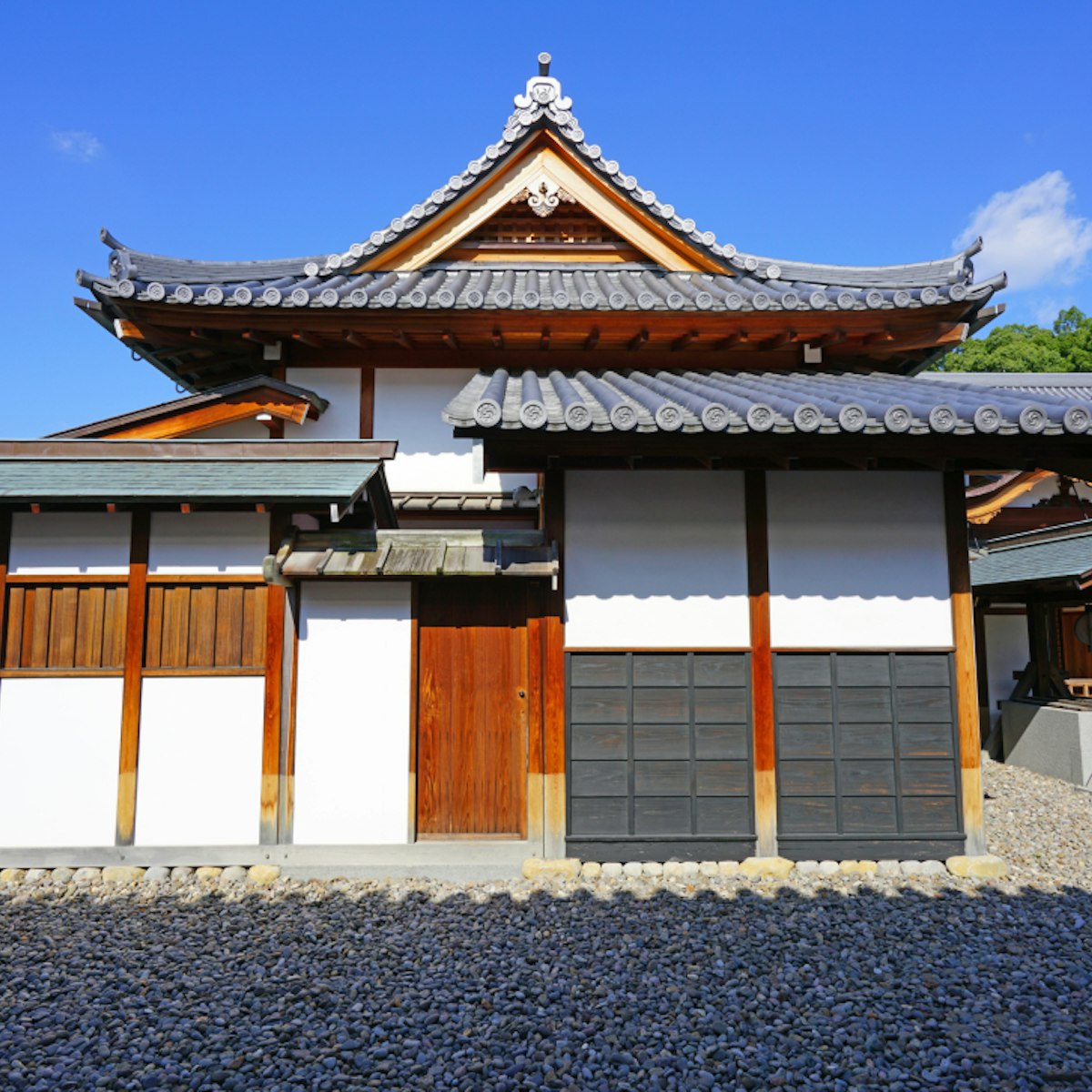In Teramachi, this Ōbaku temple (Ōbaku is the third-largest Zen sect after Rinzai and Sōtō) was built in 1629 by Chinese monk Chaonian. Its red entrance gate (Daiippo-mon) exemplifies Ming-dynasty architecture. Inside the temple you can admire a huge cauldron that was used to prepare food for famine victims in 1681, and a statue of Mazu (aka Maso), goddess of the sea, worshipped by early Chinese seafarers. There are excellent descriptions in English throughout the grounds.
Sōfuku-ji
Top choice in Nagasaki
Lonely Planet's must-see attractions

2.57 MILES
A still, serene and deeply moving place, Nagasaki's Peace Park commemorates the atomic bombing of the city on August 9, 1945, which reduced the…

11.59 MILES
From afar, the Unesco World Heritage island of Hashima resembles a battleship, hence its nickname Gunkanjima ('battleship island'). Up close, this long…

0.63 MILES
In 1641 the Tokugawa shogunate banished all foreigners from Japan, with one exception: Dejima, a fan-shaped, artificial island in Nagasaki harbour. From…

28.34 MILES
This hilltop castle was ruled mostly by the Matsudaira clan from the 1660s and played a part in the Shimabara Rebellion. It was rebuilt in 1964. As well…

0.83 MILES
Situated on a forested hilltop and reached via multiple staircases with nearly 200 steps, this enormous shrine was established in 1625. Around the grounds…

2.35 MILES
On 9 August 1945, the world's second nuclear weapon detonated over Nagasaki, and this sombre place recounts the city's destruction and loss of life…

Nagasaki National Peace Memorial Hall for the Atomic Bomb Victims
2.37 MILES
Adjacent to the Atomic Bomb Museum and completed in 2003, this minimalist memorial by Kuryū Akira is a profoundly moving place. It's best approached by…

Nagasaki Museum of History & Culture
0.82 MILES
This large museum with attractive displays focuses on Nagasaki's proud history of international exchange. Additionally, there's a fabulous, detailed…
Nearby Nagasaki attractions
0.41 MILES
Parallel to Teramachi, the Nakashima-gawa is crossed by a picturesque collection of 17th-century stone bridges. At one time each bridge was the distinct…
0.41 MILES
The best known of several bridges that cross the Nakashima-gawa, the Spectacles Bridge is so called because the reflection of the arches in the water…
0.43 MILES
This temple in Teramachi dates from the 1620s and is noted for the Ming architecture of the main hall. Like Sōfuku-ji, it is an Ōbaku Zen temple – and the…
0.49 MILES
During Japan's long period of seclusion, Chinese traders were theoretically just as restricted as the Dutch, but in practice they were relatively free…
0.63 MILES
In 1641 the Tokugawa shogunate banished all foreigners from Japan, with one exception: Dejima, a fan-shaped, artificial island in Nagasaki harbour. From…
6. Nagasaki Prefectural Art Museum
0.77 MILES
Designed by Kuma Kengo (the architect behind Tokyo's Nezu Museum and 2020 Olympic Stadium), this museum straddles a canal in an environmentally friendly…
0.77 MILES
The gently inclined flagstone streets known as the Dutch Slopes were once lined with wooden Dutch houses. Several buildings here have been beautifully…
0.77 MILES
In the Dutch Slopes, this quiet museum showcases the area's history through historic photographs (note that most signage is in Japanese). The combined…







